Boundless Potential of Augmented Reality (AR) and Virtual Reality (VR) in Gaming Education Healthcare and Beyond
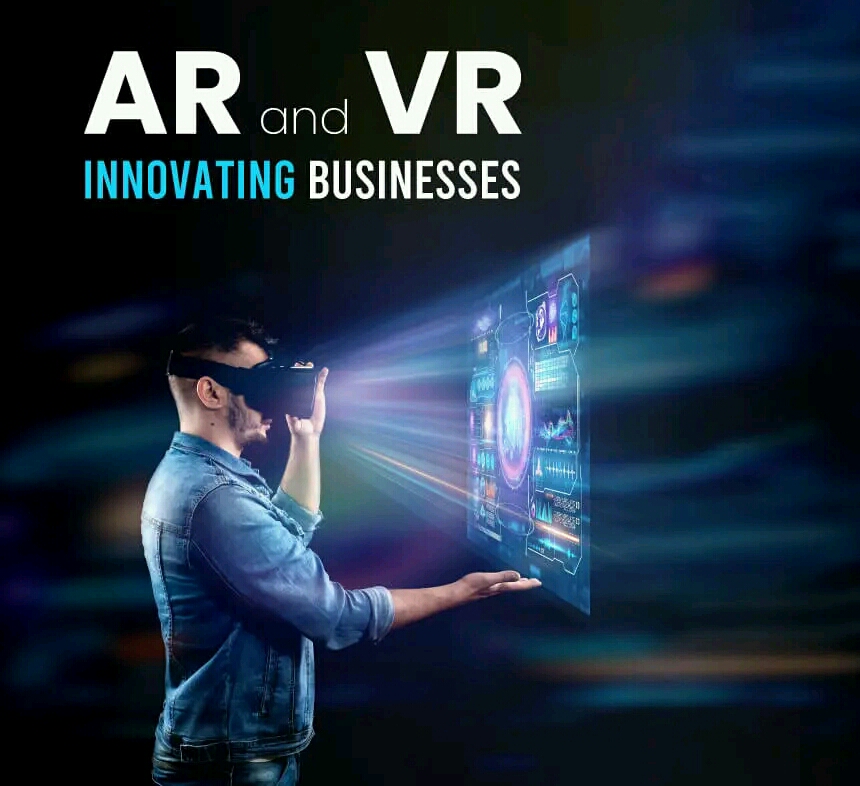
Boundless Potential of Augmented Reality (AR) and Virtual Reality (VR) in Gaming Education Healthcare and Beyond
Introduction:
The realm of technology has witnessed significant advancements in recent years, transforming the way we interact with the digital world. Among the most groundbreaking innovations are Augmented Reality (AR) and Virtual Reality (VR), two transformative technologies that have revolutionized various industries. In this article, we will delve into the immersive experiences and practical applications of AR and VR, spanning the realms of gaming, education, healthcare, and beyond. Brace yourself for an exciting journey into the future of reality!
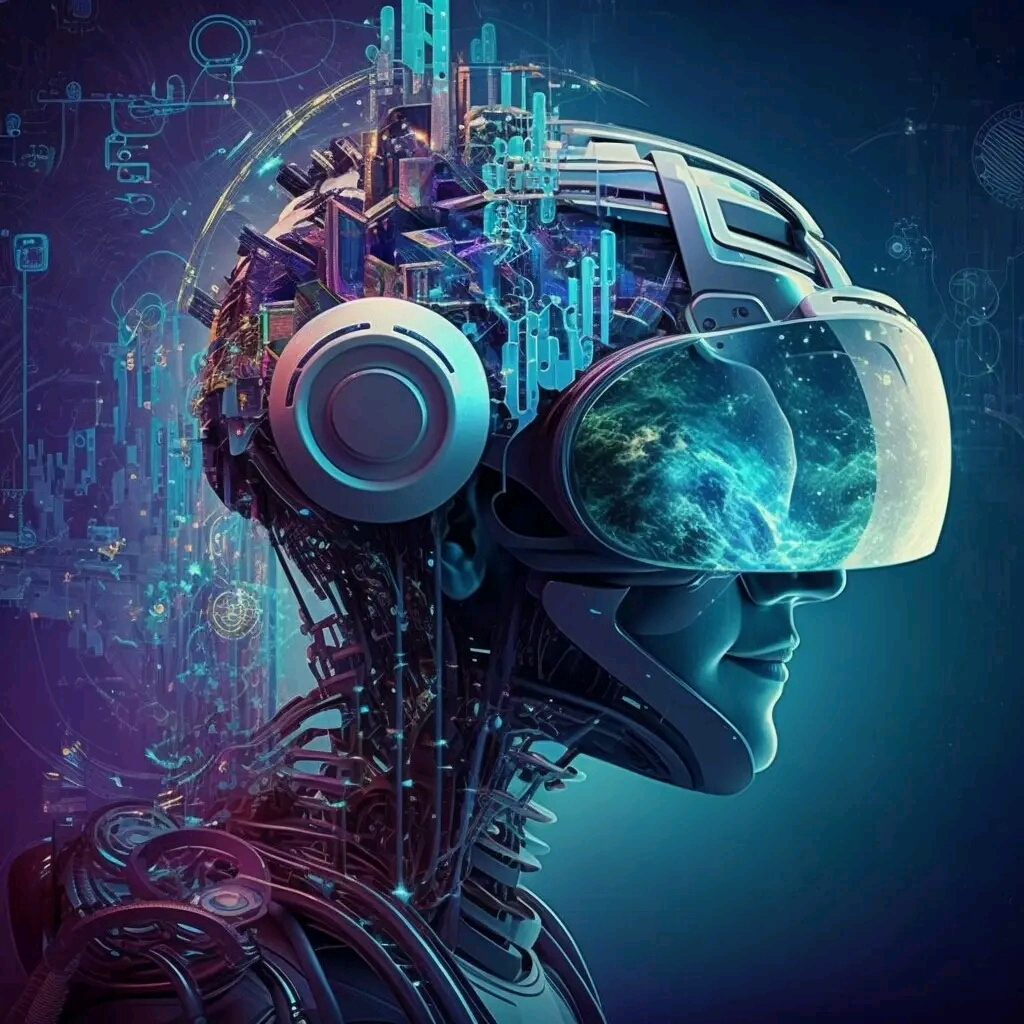
Before we delve into this main topic : Boundless Potential of Augmented Reality (AR) and Virtual Reality (VR) in Gaming, Education, Healthcare, and Beyond, let’s look at the detailed explanation of both Augmented Reality (AR) and Virtual Reality (VR) to understand the topic better.
What Is Augmented Reality?
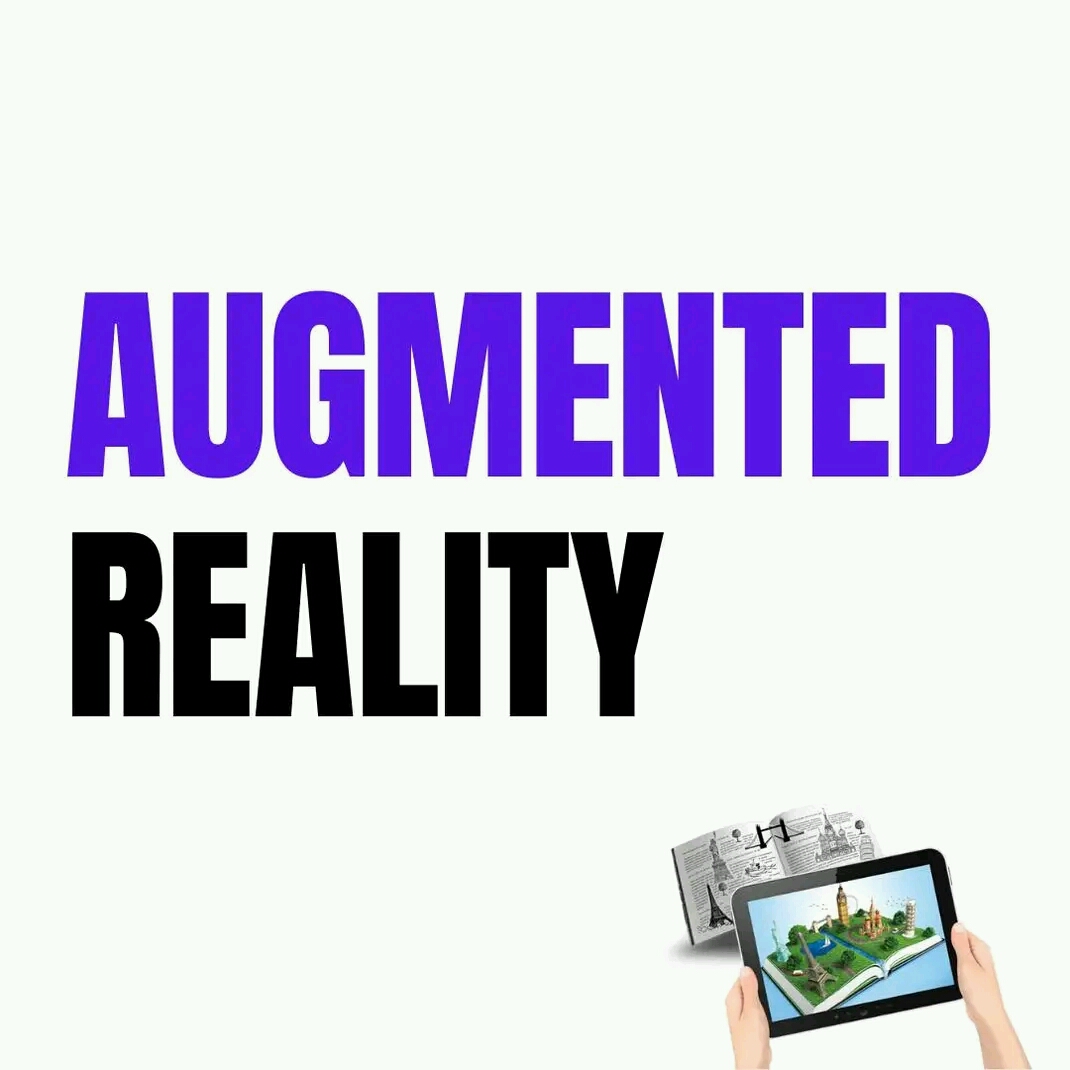
Detailed Explanation of Augmented Reality (AR)
Augmented Reality (AR) is a technology that integrates digital information, such as virtual objects or computer-generated images, with the real-world environment to enhance and enrich a user’s perception and interaction with their surroundings. It blends virtual elements seamlessly into the real world, allowing users to experience a hybrid reality where the physical and digital realms coexist.
The primary goal of AR is to provide users with an interactive and immersive experience by overlaying virtual content onto the real world. This is typically achieved through the use of special devices, such as smartphones, tablets, smart glasses, or headsets, equipped with cameras, sensors, and displays that enable the real-time capture and rendering of the augmented content.
The process of delivering AR experiences involves a few key steps:
Sensing the Real World: AR devices utilize various sensors, including cameras, GPS, accelerometers, and gyroscopes, to gather information about the user’s physical environment. This data helps the device understand the user’s position, orientation, and the objects around them.
Processing and Recognizing: The collected sensor data is processed by the device’s software, which uses computer vision algorithms and pattern recognition techniques to identify and track objects and surfaces in the real world. This recognition enables the device to understand the context and align the virtual content accurately.
Rendering Virtual Content: Once the real-world environment is understood, the AR device superimposes virtual content onto the user’s view. This content can range from simple 2D images and text to complex 3D models and animations. The virtual objects are rendered in real-time and adjusted to align seamlessly with the real-world objects, taking into account factors like lighting and perspective.
Displaying the Augmented View: The AR device’s display, whether it’s a screen on a smartphone or smart glasses, presents the combined view of the real world and virtual content to the user. The augmented view appears as an overlay on the device’s screen or directly in the user’s field of vision, depending on the hardware being used.
AR technology has found applications in various fields, including gaming, education, entertainment, retail, healthcare, architecture, and industrial training. Here are some notable examples:
Gaming: AR games, such as Pokemon Go, allow users to interact with virtual characters and objects in real-world environments, creating an immersive and interactive gaming experience.
Education: AR can enhance learning by providing interactive and visual representations of complex concepts. For example, AR apps can overlay 3D models of planets or historical artifacts, allowing students to explore and manipulate them in real-time.
Retail: AR is used to enhance the shopping experience by enabling virtual try-on of clothing or visualizing furniture and decor in a real space before making a purchase decision. This helps customers make informed choices and reduces the need for physical prototypes or samples.
Healthcare: AR technology has been utilized in medical training, allowing students and professionals to practice procedures in a realistic and controlled environment. It can also assist surgeons by overlaying patient data and real-time guidance during surgeries.
Architecture and Design: AR enables architects and designers to visualize and present their ideas by overlaying virtual models of buildings or interior designs onto physical spaces. This helps clients better understand and assess the proposed designs.
The future potential of AR is vast, with ongoing advancements in hardware and software. It holds promise in revolutionizing various industries, enhancing communication, and transforming the way we interact with our environment, offering exciting opportunities for innovation and creativity.
What Is Virtual Reality?
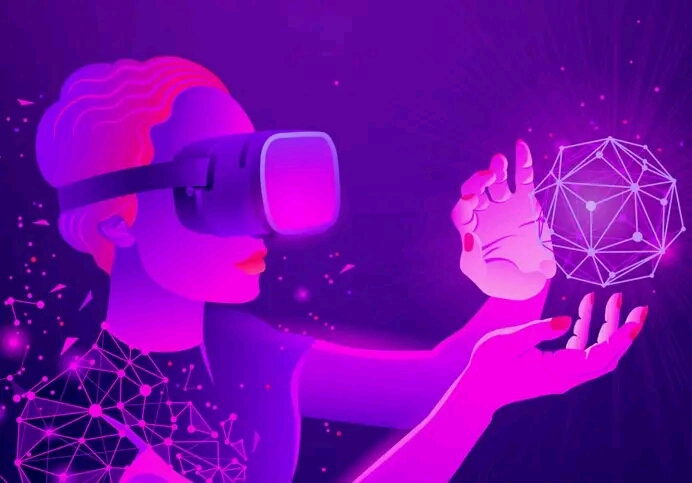
Detailed Explanation of Virtual Reality (VR)
Virtual Reality (VR) is an immersive technology that provides users with a simulated environment that feels realistic and interactive. By using a combination of hardware and software, VR creates a three-dimensional digital environment that can be explored and interacted with, offering users a sense of presence and engagement.
The basic components of a VR system include a head-mounted display (HMD), input devices, and tracking sensors. The HMD is a wearable device that is worn on the head and typically consists of two screens, one for each eye, to create a stereoscopic effect. These screens display the virtual environment to the user. The input devices, such as handheld controllers or gloves, allow users to interact with and manipulate objects in the virtual world. Tracking sensors, often mounted in the room or on the HMD itself, track the user’s movements and adjust the virtual environment accordingly to create a seamless and responsive experience.
The immersive experience of VR is achieved through a combination of factors. First, the visual aspect is crucial. The high-resolution displays in the HMD provide a wide field of view, mimicking the natural human vision. The virtual environment is rendered in real-time, allowing users to look around and explore the surroundings in a 360-degree manner. This visual realism, combined with stereoscopic depth perception, creates a compelling sense of presence and immersion.
Furthermore, VR often incorporates spatial audio technology to enhance the immersion. By simulating sounds from different directions and distances, the audio adds another layer of realism to the virtual environment. This helps to create a more convincing and engaging experience for the user.
Interactivity is another key aspect of VR. Users can often manipulate objects, navigate through the virtual space, and interact with virtual characters or elements. The input devices enable users to mimic real-world actions, such as grabbing, pointing, or gesturing, and these actions are translated into the virtual environment. This level of interactivity increases the sense of presence and enables users to engage with the virtual world on a deeper level.
VR has a wide range of applications across various fields. In gaming, VR provides an immersive gaming experience, allowing players to feel like they are inside the game world. It also has applications in education and training, where users can simulate real-life scenarios for learning purposes, such as medical simulations or flight training. VR is also used in architecture and design, enabling professionals to visualize and interact with virtual models of buildings and spaces before they are constructed. Additionally, VR has found applications in healthcare, therapy, tourism, and entertainment, among other industries.
Despite its many benefits, VR also faces some challenges. One common issue is the potential for motion sickness or discomfort due to the discrepancy between the user’s physical movements and the virtual environment. Latency, the delay between user input and system response, can also impact the experience. Additionally, the cost of VR equipment and the need for powerful computing hardware can be barriers to widespread adoption.
Nevertheless, VR continues to advance and evolve, with ongoing research and development focused on improving the technology. As hardware becomes more affordable and accessible, and software applications become more sophisticated, the potential for VR to transform various industries and enhance human experiences is significant.
Boundless Potential of Augmented Reality (AR) and Virtual Reality (VR) in Gaming, Education, Healthcare, and Beyond
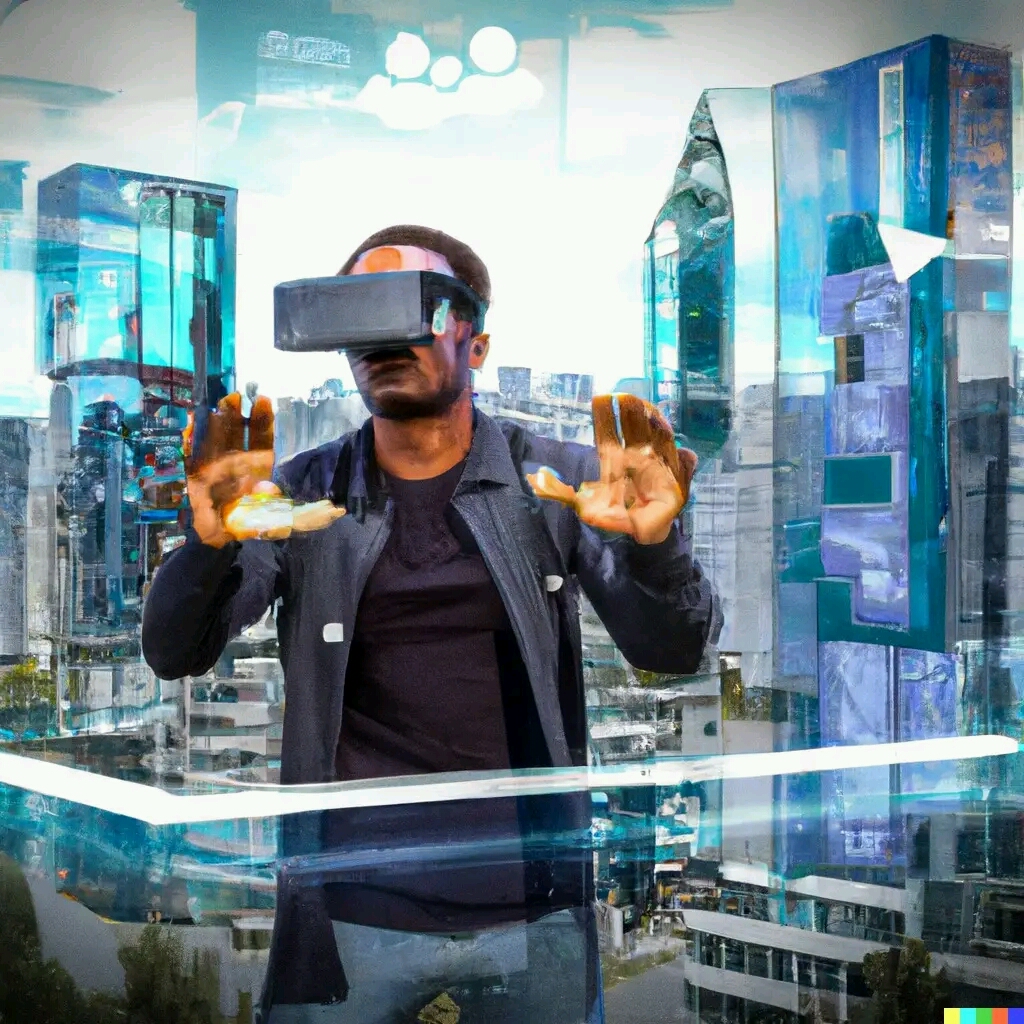
Augmented Reality (AR):
Augmented Reality combines the real world with virtual elements, enhancing our perception and interaction with the environment. With the help of AR, users can witness digital information overlaid onto the physical world, opening up endless possibilities.
1.1 Gaming:
AR has breathed new life into the gaming industry, introducing captivating experiences that blur the line between the real and virtual worlds. From Pokémon GO’s global phenomenon to tabletop gaming enhanced by holographic characters, AR has proven its ability to create immersive and interactive gaming experiences like never before.
1.2 Education:
AR has also found its way into education, offering dynamic and engaging learning experiences. Students can visualize complex concepts, explore historical sites virtually, or dissect virtual organisms. AR brings textbooks to life and turns classrooms into interactive learning environments, enhancing comprehension and retention of knowledge.

Virtual Reality (VR):
Virtual Reality, on the other hand, creates an entirely digital environment, immersing users in a simulated world. By wearing a VR headset, users can explore and interact with these virtual realms, leading to unparalleled experiences.
2.1 Gaming:
VR gaming has come a long way, allowing players to step into breathtaking virtual worlds. Whether it’s fighting epic battles, exploring fantastical landscapes, or solving intricate puzzles, VR gaming transports players to a whole new dimension, providing an unprecedented level of immersion and excitement.
2.2 Education:
VR has also found its place in education, providing learners with virtual field trips, immersive historical reenactments, and realistic simulations for skill development. It enables students to travel back in time, visit faraway places, and conduct experiments in safe virtual environments. VR enhances experiential learning and fosters engagement and curiosity.
Practical Applications in Healthcare and Other Industries:
AR and VR have gone beyond entertainment and education, making a profound impact in various industries, including healthcare, architecture, engineering, and retail.
3.1 Healthcare:
Medical professionals are leveraging AR and VR technologies for surgical training, patient education, and pain management. Surgeons can practice complex procedures in virtual environments, reducing risks and improving outcomes. Patients can undergo immersive therapy to manage pain, anxiety, and phobias. AR and VR are transforming healthcare delivery, enhancing diagnosis, treatment, and rehabilitation.
SEE ALSO : 48 Different Ways to Make Money on Facebook in 2023
3.2 Other Industries:
AR and VR are reshaping the way we experience architecture, allowing architects and designers to visualize projects before construction. In retail, AR enhances the shopping experience by enabling customers to try on virtual clothing or visualize furniture in their homes. These technologies have vast potential in industrial training, data visualization, and more.
SEE ALSO : How to Secure Your Computer And Other Devices from Hackers
Conclusion:
Augmented Reality (AR) and Virtual Reality (VR) are no longer confined to the realms of science fiction. They have become integral tools, enhancing entertainment, education, healthcare, and various industries. As technology continues to advance, AR and VR will unlock new horizons, enabling us to explore immersive experiences and practical applications beyond our wildest imagination.
SEE ALSO : Differences Between Virtual Reality and Augmented Reality And What Future Hold for Them
The future is undoubtedly brimming with possibilities as we embrace the incredible potential of AR and VR.
Comments are closed.